Should we still have Daylight Saving Time?
Twice a year an hour is added or removed from our lives for daylight saving time (often incorrectly called daylight savings time). At first glance, the time change seems to serve no purpose other than disrupting everyone’s sleep schedule, but it does have some benefits.
There is a common misconception that daylight saving time (DST) was established to benefit farmers, but it was actually implemented in the U.S. to save energy during World War 1. After the war, the decision of whether or not to keep DST fell to individual states until President Lyndon B. Johnson signed the Uniform Time Act in 1966 (U.S. Department of Transportation) and a national daylight saving time was created to standardize time.
In 1986 the US began observing DST for seven months, claiming commercial benefit. Then, in 2007 daylight saving time was expanded yet again. According to CNN, the Energy Policy Act of 2007 would, “extend daylight-saving time starting in 2007, from the second Sunday in March to the first Sunday in November.” This was reportedly for energy-saving purposes; although, at the time many doubted its true benefits.
Nowadays Hawaii and Arizona are the only states that don’t practice daylight saving time. The majority of US territories, as well as nations such as China, Japan, and India, do not practice DST either.
In the past shifting the time that people are awake towards when the sun is up would save energy because people would go to sleep around sunset and daylight savings put sunset around 8 or 9 every night of the year. By having daylight outside while people are awake they are less compelled to turn on the lights in their houses saving energy and money. With an abundance of new technology and media for Americans to use and consume regardless of the time of day, whether or not daylight saving time actually saves people energy has come into question. A study led by UCLA researchers found that people are active an average of three and a half hours past sunset. As people continue to stay up after sunset they use more and more energy to heat and light their homes. This reduces the money saved on lighting by DST while simultaneously increasing the money people spend on heating their homes. According to a study by the National Bureau of Economic Research, the money saved conserving energy was offset by the money spent due to the increase in cooling and heating demands during DST.
The US Department of Transportation writes that, in addition to saving energy, DST “prevents traffic injuries,” because “…more people travel to and from school and work and complete errands during the daylight.” However, studies on this claim are extremely varied; many sources claim that transitions into and out of DST may temporarily increase traffic accidents, while others claim that this risk is negligible and does not affect the overall benefits of DST.
While most supposed benefits of DST are either questionable or no longer applicable, DST does have one proven benefit: the reduction of crime. The US Department of Transportation claims that DST reduces crime as “…more people are out conducting their affairs during the daylight rather than at night when more crime occurs.” According to the Brookings Institute, an American research group, “extending DST saved $59 million per year in avoided social costs by reducing the number of evening robberies”
Brookings Institute further writes that the transition into and out of daylight savings time has, “substantial costs, including reducing our response time and cognition, and adding extra stress on our bodies.” This explains the temporary increase in traffic accidents as well as the rise in, “workplace injuries, and heart attacks in the days just after the time change.”
The conclusions of these various studies bring into question whether Daylight Saving Time is actually worth its drawbacks. According to The Catamount’s survey, 43.2% of BHS students do not believe DST is still useful while 24% of BHS students believe it has benefits. The majority of Bothell students believe that we should not continue to have Daylight Saving Time. That being said, there are many students who responded that they had no opinion on the subject.
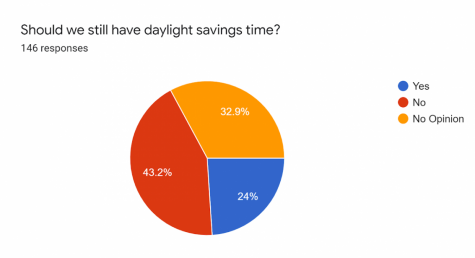
Likewise, many Americans do not see a need to change the current DST system as it has been in place for so long. DST has been ingrained into many state systems for decades and its abolition would mean a lot of changes that —especially during our current pandemic situation— do not seem like a priority to many. Nevertheless, the National Conference of State Legislatures records shows that over the past few years many states —Washington State among them— have been moving towards either abolishing DST or setting DST time as standard time and ending the practice of “springing back”. Thus we may be free from the biannual chore of changing our clocks relatively soon as more legislatures begin to recognize that this old system no longer serves the public as it initially claimed.


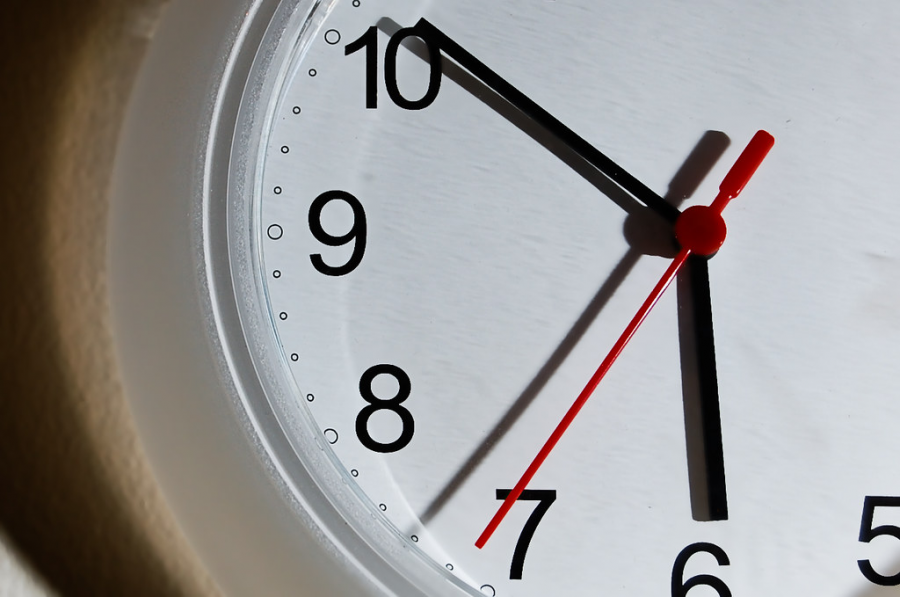

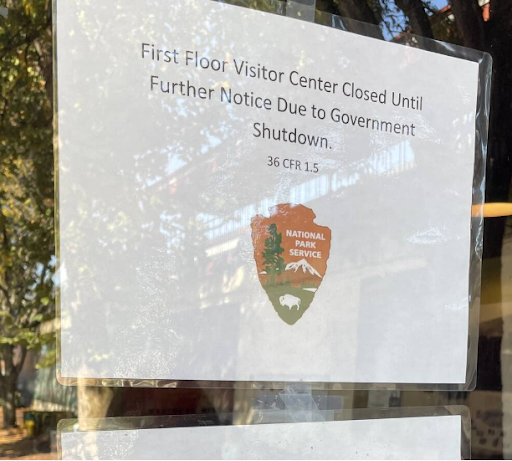
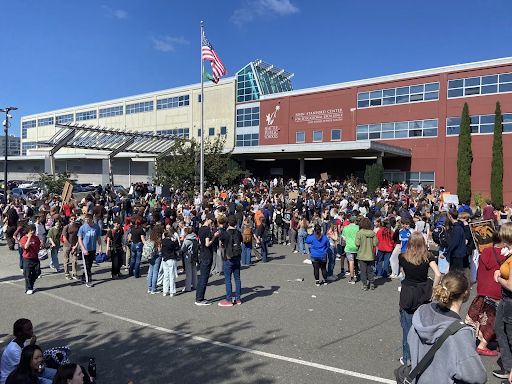

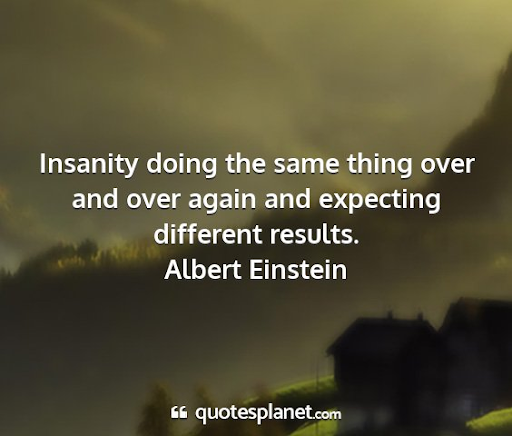
wendy wands • May 24, 2021 at 12:45 pm
This was a very thought provoking article with a lot of facts. I never considered many of points you made. I do love the light mornings as I get up super early during the school days, and love the evenings around here staying light in the summer. I don’t like it in the winter when I leave for school in the dark and drive home as it is getting dark…so, in some ways, I just “go with whatever” but in other ways, I think it might be good to keep DST all year.
Thanks!!